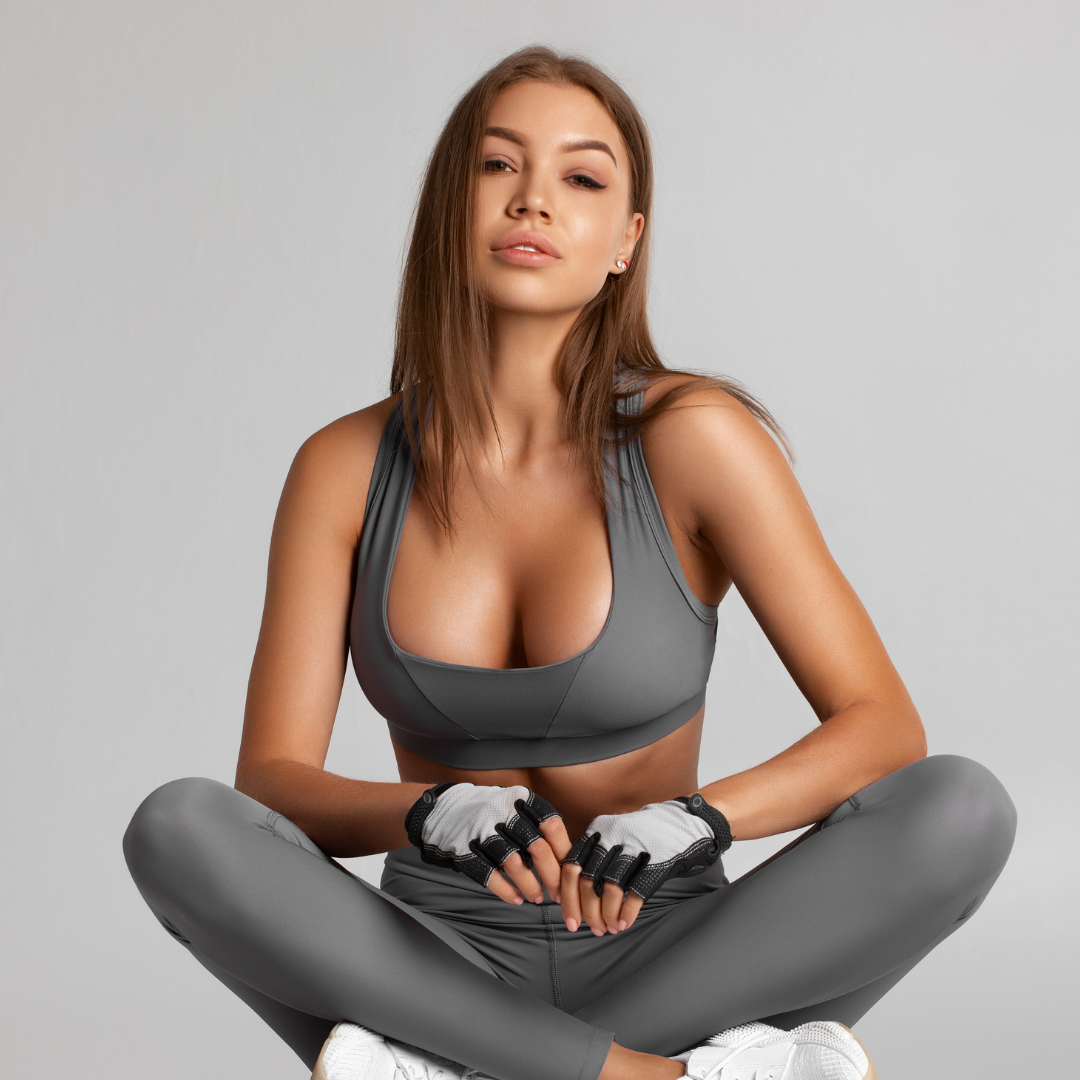Introduction
Staying active plays a big part in your lifestyle, and when you’re someone who enjoys running, strength training, or regular workouts, every decision you make around your body matters, including breast augmentation. If you’re considering this type of procedure, you likely want something that complements how you move and feel every day. Whether you’re a consistent weekend hiker or you train full-time, the right breast augmentation choice can help you feel more balanced, comfortable, and confident.
Athletic individuals face unique needs when it comes to breast surgery. A procedure that enhances your shape without getting in the way during your workouts takes planning. From selecting the right implant to choosing where it’s placed and how it fits into your routine, preparation can make a big difference in how it feels once you’re back to doing what you love. Here’s a closer look at how women with athletic lifestyles can approach breast augmentation in a way that’s smart, functional, and true to their goals.
Understanding Breast Augmentation And Athleticism
Breast augmentation has never been a one-size-fits-all procedure. For active women, it’s important to choose options that work well with how their bodies move. Whether your focus is cardio, strength training, or high-impact sports, your chest plays a role in posture, comfort, and performance. Adding breast implants without disrupting that balance starts with understanding how the procedure supports your goals.
Breast augmentation typically enhances breast size or restores lost volume, often after weight loss or natural changes over time. The purpose isn’t just about looks. It’s often about achieving a shape that feels more proportionate and balanced with your frame. For athletic women, this could mean going with smaller implants or selecting shapes that keep movements comfortable during training.
Implant placement also plays a big role. Whether it goes behind or in front of the muscle changes how the area feels when doing push-ups, planks, or lifting. Comfort and flexibility matter, and choosing a placement that best matches your workout habits can help your results feel more natural.
Here are a few things active women often think about:
– Support during movement: Smaller or medium-sized implants usually move less during activity, which feels more natural for many athletes.
– Range of motion: Placement affects how easy it is to stretch, reach, or perform certain exercises.
– Activity level: If you’re regularly pushing toward new fitness goals or involved in endurance training, your recovery timeline and implant choice may change your routine for a short period.
– Body shape: Leaner frames often look and feel more balanced with certain implant shapes or profiles.
Thinking about how your current body responds to activity is a great starting point. One active spin instructor shared that all she wanted after surgery was to stay just as fast and comfortable on the bike, with a slightly enhanced figure. That kind of outcome is absolutely possible with the right planning.
Implant Type For Active Women
Material and shape matter when it comes to implants, especially for someone who works out regularly. The way an implant moves and feels can affect your recovery and long-term comfort as you return to training.
Here is a good type to consider:
- Smooth round implants
– Move more freely inside the body, giving a natural feel
– Typically chosen for their soft texture and simple profile
– Work well for any activity level
Choosing a smaller or medium size helps keep shoulders and back comfortable and avoids movement restrictions. Women who regularly jog, lift weights, or practice yoga often lean toward implants that let them keep good range of motion.
Placement is another big factor. Submuscular (under the muscle) placement may look more natural and help implants stay supported during intense movement. It can also help avoid visible edges, especially on slim body types. On the other hand, over-the-muscle placement often has a quicker recovery period.
Both placement and implant type affect how you move and feel. What’s right for someone who runs long-distance races might be different from what works for someone who lifts heavy weights. That’s why talking through your daily routine with the surgeon is so valuable when making these choices.
Recovery Tips For Athletes
Getting back into your workout routine after surgery takes some time, but it doesn’t need to set you back forever. Planning your recovery helps support both healing and long-term results. Most active women feel eager to return to exercise, though taking it one step at a time leads to better outcomes.
Here’s what a typical recovery timeline could look like for someone with an active lifestyle:
– Week 1 to 2: Stick to light activity like walking. Skip anything that raises your heart rate too much. Let your body work on healing without added stress.
– Week 3 to 4: You might start some light lower-body workouts like slow treadmill sessions or short indoor biking. Still skip chest and shoulder work.
– Week 5 to 6: If healing is on track, consider small upper body stretches. Avoid anything that uses weights or repetitive chest movement.
– After 6 weeks: Once cleared by your surgeon, many are able to return to running, gym workouts, and weightlifting.
Wearing a supportive sports bra is useful when you do return. It keeps your chest stable during movement and adds extra protection for healing tissue. Be watchful during yoga, pilates, or other workouts that stretch the chest area or use arm strength.
Patience is key. It’s normal to feel a little off when you’re not hitting your usual workout milestones, which makes timing important. Scheduling your surgery around lighter training seasons or recovery weeks gives your body breathing room without pressure.
Finding The Right Surgeon In Maryland
Choosing a surgeon who understands active lifestyles is one of the most important steps in your process. Not everyone practices with athletic women in mind, so it helps to look for someone with that experience and a history of helping similar patients.
Before going into a consultation, think about your main goals. Be ready to speak about how often you train, which workouts are part of your weekly routine, and what kind of look you’re hoping for. The clearer the surgeon understands your lifestyle, the easier it will be to put together a plan.
Here are a few helpful questions to ask:
– Have you worked with patients who live highly active or athletic lives?
– Based on my workouts, what shape and placement would you usually recommend?
– Will I be able to return to full training when healed?
– How much downtime should I expect after surgery?
– Can I see before-and-after photos of other athletic patients?
If you’re in Maryland, finding a surgeon local to the area makes scheduling and follow-up easier. You want someone certified, reliable, and nearby who has worked with similar builds and lifestyles before. Whether you enjoy waterfront jogs or lift weights several days a week, your surgeon should support your goals from start to finish.
Getting Results That Move With You
Breast augmentation is about more than changing appearance. For many athletic women, it’s about matching how they feel on the inside with what they see in the mirror. It’s about movement that feels natural and confidence that flows into every workout without distraction.
Taking time to look at the full picture—implant size, shape, placement, recovery, and lifestyle—can help you end up with a result that feels like it was always meant to be there. With thoughtful choices and someone who understands your needs, you’re setting yourself up for an outcome that grows with your goals and keeps pace with your energy from season to season.
If you’re thinking about enhancing your look while keeping up with an active routine, explore your options for breast augmentation in Maryland. To talk through what’s possible and find the right fit for your lifestyle, contact Baltimore Cosmetic Surgery with Dr. Jeffrey E. Schreiber at (410) 205-1846 or schedule your consultation online today.




